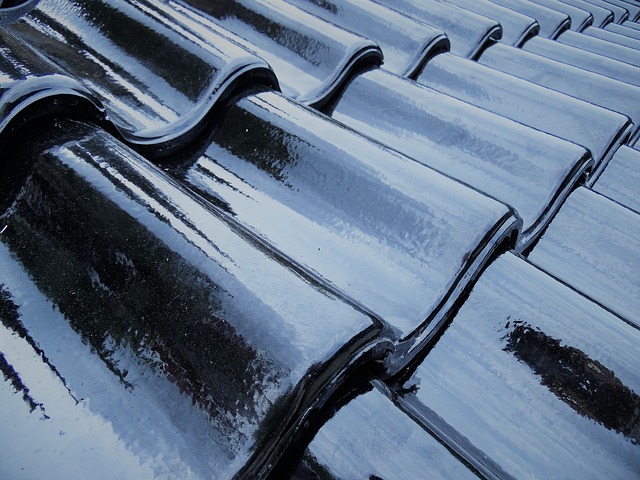
Roofing repairs or roof replacement?
June 29, 2018 1:36 pmThere comes a time in every building’s life when work will be needed on the roof. It is exposed to the elements constantly meaning that it will inevitably start to break down. The question then is repair or replace?
There are several factors to consider when making the decision, but the first step should be to have a reputable contractor look at the roof as you can’t tell much from the ground. If there’s a leak somewhere, an inspection will help you determine how widespread it is. Often, roofs will leak along flashing points. If this is the case, and the leak is isolated, a quick repair may be all that is necessary. If the roof is leaking in several places, then repair may still be possible. Your roofs age is one of the most important considerations. Concrete tiles became popular after world war two and have a life expectancy of about 35 – 50 years. If the roof is damaged but most of it is still in good condition, a localised repair may make sense. Flat roofs also have a lifespan of about fifty years, using traditional felt covering, EPDM rubber surfaces may not last as long. The main problem with repairing a flat roof is trying to decide where and why it is leaking.
The requirement for planning permission is another factor to consider. The current Building Regulations state that a flat roof being re-covered must also be insulated to the relevant standard. This means you must either have your local building-control inspect and approve the work or use a contractor able to self-certificate his work. While adding insulation to a roof is clearly a good idea, you need to be sure that the work does not cause condensation rotting the timber. Care must also be taken over structural issues. Some commercial premises in the past were built with roofs too flat and constructed with structural materials that may need additional work to support extra insulation. On pitched roofs if you are replacing the covering with a different material to its original for example, slate to tiles, then approval under the Building Regulations is likely to be needed to ensure the roof will be adequate in terms of structural stability. Again, as the roof is a thermal element, the re-covering a roof should also improve its insulation properties. Clearly it also must also meet fire safety requirements. Consent for listed or historic buildings has different requirements again.
The final point to consider is of course the disruption to businesses and residents caused by any work being carried out. The worst thing to do if you suspect a problem with your property’s roof is nothing as the problem will only get worse over time.
If we can be of help advising on your roofing requirements, please give us a call.
Categorised in: Property maintenance
This post was written by Express Property Services




